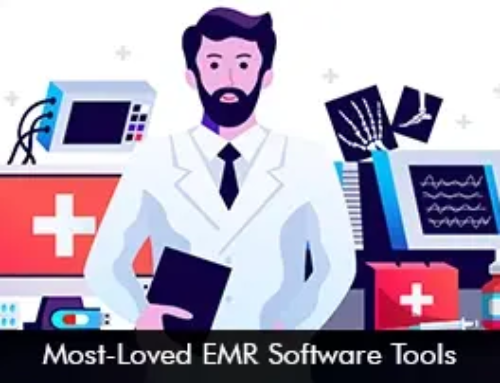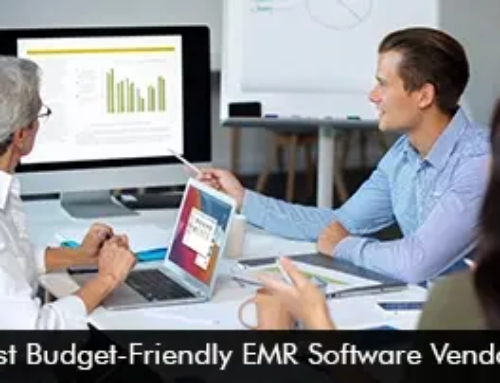Due to the COVID-19 pandemic Telemedicine EMR Software came to the forefront of healthcare. The platform offered the benefits of convenience and prompt diagnosis and treatment. Patients and providers both believe telehealth to be flexible and effective in offering remote care in times of crisis. From primary care specialists to pediatricians, many healthcare providers offered robust digital technology solutions to offer care solutions without getting exposed to the virus. In times of crisis, telemedicine software ensured that everyone was getting care from the comfort of their homes. However, almost 60% of adults who are over 50 years are worried that the telehealth platform does not offer the human connection as with one on one sessions at the doctor’s office.
The pandemic is still here and physicians must be prepared to use the telemedicine platform efficiently to connect with greater patient populations and keep them satisfied.
Making Telemedicine Encounters a Success
During virtual sessions it is crucial to preserve the patient-provider relationship, the following guidelines will help doctors maintain positive digital interactions.
Reduce patient inhibitions for a successful online session
One of the most common telemedicine software barriers is technology as revealed by a survey conducted by the COVID-19 Healthcare Coalition. It makes sense that healthcare organizations help less tech-savvy patients in making sessions a hit. Before the telehealth appointment, clear and simple instructions can be shared with the patient as to how to go about the session. A step-by-step process can be shared and advice can be given to troubleshoot when issues occur. A mock virtual visit can be a good idea if your hospital has time to prepare patients as to what to expect from their telemedicine sessions. When patients are well prepared, the digital session can be more meaningful and yield greater patient satisfaction scores as well.
Clinicians should show they are providing undivided attention during the telehealth encounter
Telemedicine EMR Software sessions can be tricky as there can be a disconnect because both parties are not present in the same room. However, providers can make sure that they give undivided attention during the call. They can maintain eye contact and also use two screens simultaneously to look at the patient and the Electronic Health Records (EHR). If a clinician is looking at the EHR they can let the patient know, so they don’t feel that the doctor is uninvolved. Lastly, the American Medical Association suggests that any additional apps should be closed down so real-time notifications don’t disturb during the telemedicine encounter.
Make use of the unique benefits of telehealth
It is known that the telemedicine platform has enabled to enhance access to providers and allows for prompt remote sessions. However, these virtual sessions provide a clear window into a person’s wellness and lifestyle as they are in their homes. Healthcare Providers can make use of this unique benefit in the sessions. For example, if the clinician sees an ashtray in the background they can start a conversation about it highlighting smoking can be injurious to health. Also, patients can be encouraged to exercise and make use of any exercise machines if they are part of the patient’s surroundings. Providers may also engage close family members if the patient wants in the healthcare discussions to form a close connection. For example, if it’s a cancer patient family members can be involved by explaining to them the best way to support their loved one during chemo sessions and all along the treatment process.
Moving Ahead
The telemedicine platform has revolutionized remote care by creating effective opportunities for patients to receive timely care. This has helped to improve patient outcome levels and keep patients satisfied. Telemedicine sessions are seen as effective as physical doctor visits and that’s why patients want to see their healthcare provider offer the virtual care platform.








